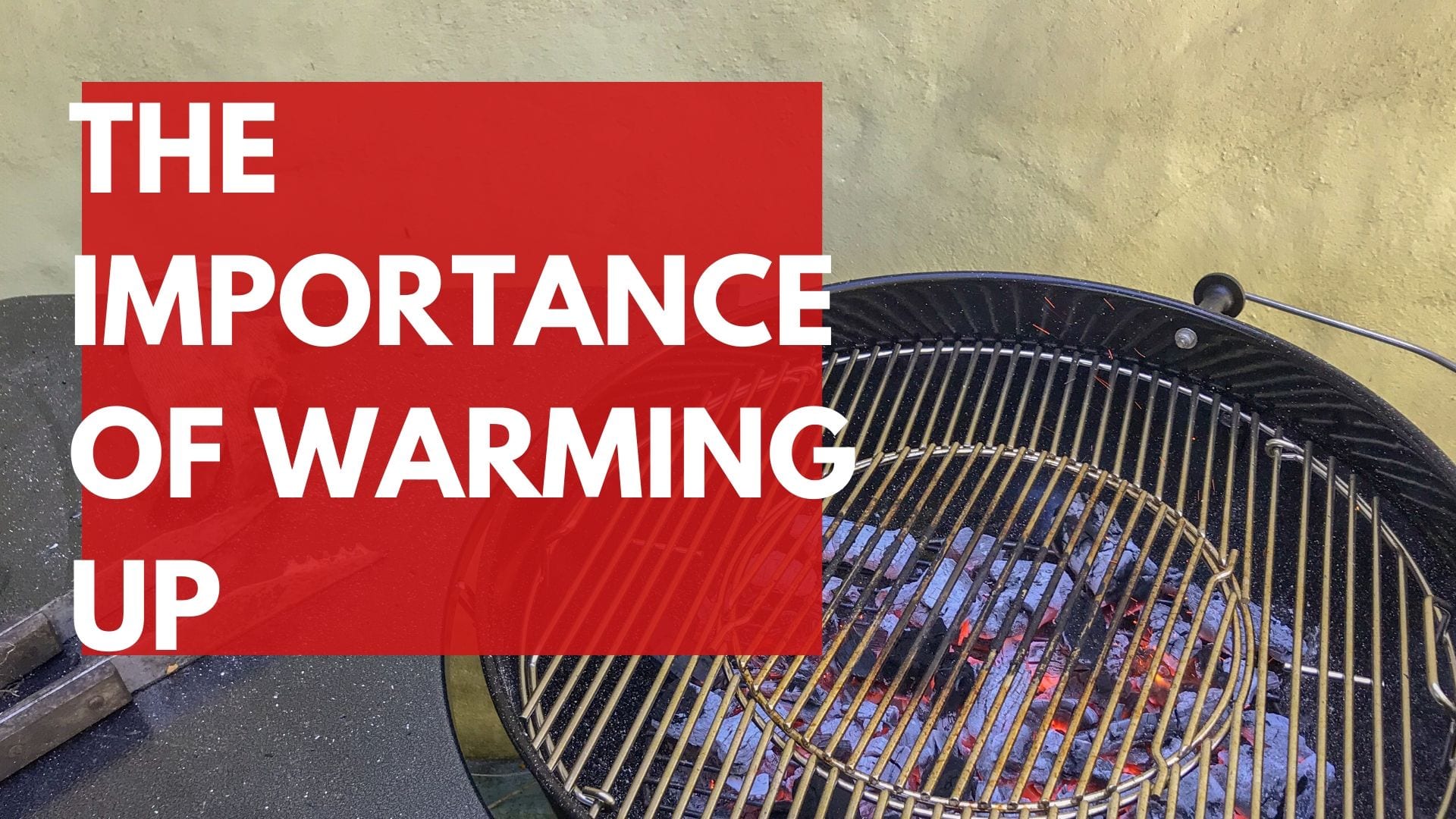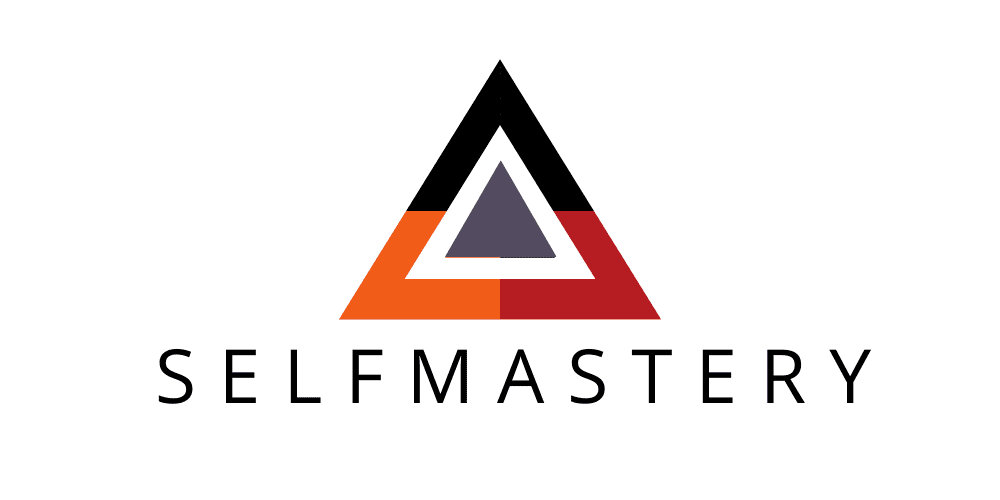
19 Oct The Importance of Warming Up
I think we all understand the importance of the warm up before working out. Most of us have learned it the hard way: that one day when rushed we naively said to ourselves: “the first round will be my warm up”. And that first round sucked, heart rate was through the roof fast, and for the next four rounds you were just trying to survive. Yes, we all know warming up is important, but somehow we all still neglect it. In my experience, this happens because we don’t have any other reason to do it than that we are “supposed to” and anyhow, it often feels harder than the actual workout. The problem with thinking of it this way, is that it makes it a lot easier to say “fuck it, 20 squats will warm me up.”
What I am saying is that often our warm ups lack purpose and intention. So let me show you some of the reasons why I believe warming up is crucial. I’ll start by giving you my perspective as a coach and why this initial portion of the class–more than being just a silly box to check–is an essential part of the whole. When I am coaching, I try to achieve two things during the warm up :
-
Set a tone: Different workouts require different approaches. If we are going to work on something super heavy and technical I want my warm ups to be gradual, not frantic or rushed. I want to make sure nobody feels hurried, and we are all working to find our best mechanics. The tone is to focus, to move with purpose, to be deliberate. If I have a long, endurance kind of workout–something that looks nasty and intimidating–I want my warm up to be energetic, to get the blood going, I want happy music and movements that make the whole body move but don’t require a lot of brain power. I want to make everybody feel ready and happy to be moving.
-
Assess the present state of affairs: The warm up is also the best time to get a read on how everybody is doing. I usually ask people how they feel about the given workout, how their day has been so far, and as they answer I can measure where their energy levels are. When Richard tells me his husband has been an ass all week, rather than coaching him endlessly through super technical aspects just to raise his frustration, I try to scale for Richard so that he wins because the purpose of his workout today is not to kill the score, it’s to own the workout to conquer it, so that when he goes back to his husband he’s feeling calmer and accomplished. If Janet tells me she killed it in her presentation yesterday, I know it’s a good day to push her, I’ll tell her to put that vest on and to be chill if all the people pass her because today we are leveling up, we are going in for the big one! Equally importantly, the warm up allows me to see where people’s bodies are. Is Carlos tight in the hips, how is Jung’s shoulder today? I’ll be gentle on the scaling, making sure I have them safe and healthy. Or, Sandra is squatting great today, so it is a good day to make her squat clean for the first time, let’s go for it!
As an athlete you can add these two points to your own personal focus during a warm up. Rather than just rushing through a warm up, concentrate and set up the tone for your workout, maybe set an intention to focus on your movement, focus on bringing your body to where you want it to perform. If you feel rusty/crunchy/stiff, use that feeling to reinforce the importance of your warm up, and to remind yourself that what you are doing is getting your body out of that state of rustiness. If it is a long workout, start talking yourself into a mindset of perseverance and persistence. Cultivate your inner grinder. Remind yourself of how good it felt that time you did fifty unbroken burpees–afterwards I mean, how good it felt after you did them. By the same token, assess yourself: notice how your body is feeling, notice if you cannot get your mind off of that officemate who keeps eating noisy Doritos ALL. EFFING. DAY. or whatever other ish your mind is producing. Just by noticing and re-focusing on warming your body up, these distracting and unpleasant thoughts will begin to evaporate.
Okay now let’s get a little geeky. Apart from these two reasons to warm up, the performance and physiological objectives of every warm up are the following, ranked in order of importance:
-
Increase Heart Rate. Higher heart rate means more oxygenated blood going through your system, which means more energy. When we exercise without warming up our body has to rely on the the energy stored in our muscles (anaerobic systems) before the circulatory system catches up and brings more oxygen (aerobic system). This is why the first mile of a 5K feels awful -yes! Let’s be real most people don’t warm up before 5k’s. If you raise your heart rate before your work out, and give your body 3 to 5 minutes after the warm up to replenish the energy storage in the muscles, you will be ready to go with all your systems working! Now, make sure you don’t over do it. You want a perceived exertion of 70% since going over that depletes your anaerobic system, so now you have all the oxygen but none of the stamina: no bueno. Check out this cool study on this topic, in which they see a 10% improvement in performance for athletes who warmed up versus athletes who didn’t.
-
Increase core and muscle temperature. When we are cold we are stiff, which means muscles are not flexible and cannot move through their optimal range of motion. As you have likely experienced, moving increases the temperature of our bodies which in turn improves our flexibility allowing us to take advantage of our fullest range of motion. On top of that, an increased core temperature improves blood circulation which, as explained above, improves athletic performance.
-
Take the major joints through their full active range of motion. Make sure that you have moved all your joints, and that all your muscles are activated. Remember movement is not only physical, it is neurological. We want our neurological system to have triggered the biggest number of muscle fibers we can before we start, so they’re ready to go in the metcon. We want the whole system up and ready before we jump on top that box twenty times in a row as fast as we can, lift that heavy barbell, or start murdering the bike.
End of nerdery.
There is not a lot of research behind warming up, probably because we all agree it is very important and useful. I don’t think we will ever discover that getting up from bed and running straight onto the football field for the big game will improve athletic performance. I really don’t see C.J. Cummings setting a new American Record just by going from the bus stop right into his 1RM. Unfortunately this lack of research means we don’t have guidelines on what is optimal. But to be honest that does not matter so much. In this case, optimal is personal and totally depends on what works for you. So for the next few weeks go early to your class and make sure you pay attention to your warm up. Keep it fun and give it a purpose, set your tone for your workout, assess yourself physically and mentally, raise your heart rate, get your muscles moving, and perhaps most importantly, track how you feel after it. You might discover that all you need is a set of 20 burpees, some PVC pass throughs, 2 sets of shin blocks, and a good ol’ 50 feet of goblet walk, and you are ready to K I L L I T!
Further Reading
Improvement on performance after warming up:
-
Gourgoulis, V., Aggeloussis, N., Kasimatis, P., & Mavromatis, G. (2003). Effect of a Submaximal Half-Squats Warm-up Program on Vertical Jumping Ability. The Journal of Strength and Conditioning Research. https://www.ncbi.nlm.nih.gov/
pubmed/12741875 -
Tomaras, E. K., & MacIntosh, B. R. (2011). Less is more: standard warm-up causes fatigue and less warm-up permits greater cycling power output. Journal of Applied Physiology, 111(1), 228–235. https://www.ncbi.nlm.nih.gov/
pubmed/21551012 -
Brock, K., Antonellis, P., Black, M. I., DiMenna, F. J., Vanhatalo, A., Jones, A. M., & Bailey, S. J. (2018). Improvement of Oxygen-Uptake Kinetics and Cycling Performance With Combined Prior Exercise and Fast Start. International Journal of Sports Physiology and Performance, 13(3), 305–312. https://www.ncbi.nlm.nih.gov/
pubmed/28657812 -
Stewart, I. B., H., & Sleivert, G. G. (1998). The Effect of Warm-up Intensity on Range-of-Motion and Anaerobic performance. https://www.jospt.org/doi/pdf/
10.2519/jospt.1998.27.2.154
Static vs Dynamic Stretching
-
Fletcher, I. M., & Jones, B. (2004). The Effect of Different Warm-Up Stretch Protocols on 20 Meter Sprint Performance in Trained Rugby Players. Journal of Strength and Conditioning Research (Vol. 18). Retrieved from http://anneclairepannier.free.
fr/files/etirements/THE EFFECT OF DIFFERENT WARM-UP STRETCH.pdf -
Church, J. B., Wiggins, M. S., Moode, F. M., & Crist, R. (2001). Effect of warm-up and flexibility treatments on vertical jump performance. Journal of Strength and Conditioning Research, 15(3), 332–336. https://europepmc.org/
abstract/med/11710660


